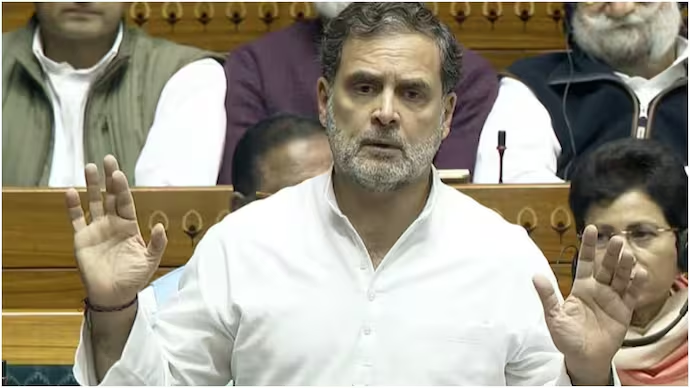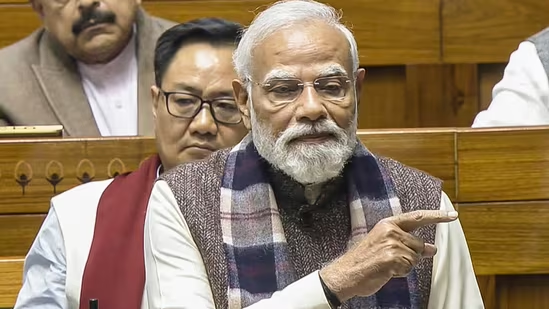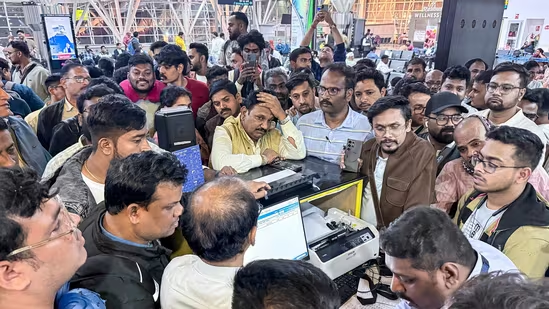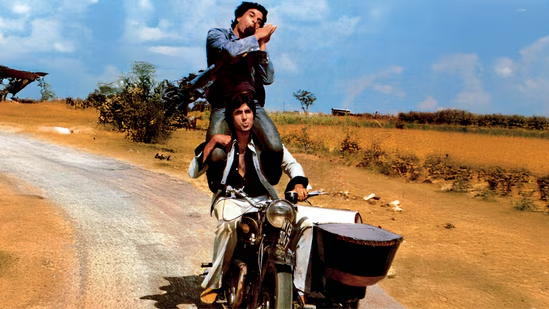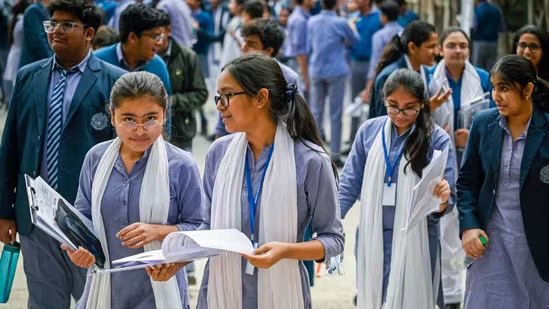More than four years after the World Health Organization (WHO) declared COVID-19 a pandemic in March 2020, the world remains vulnerable to emerging health threats. Now, fears of another global health crisis are rising. On August 14, 2024, the WHO issued a critical declaration about the current surge of Mpox, also known as Monkeypox, in Central Africa. The organization categorized this outbreak as a global emergency, calling for immediate and coordinated international action.
The Alarming Spread of Mpox: A Closer Look
The rising concern over Mpox stems from its rapid spread beyond Central Africa, reaching countries as far away as Sweden and Pakistan. The deadly strain behind this outbreak, Clade 1b, was first identified in September 2023 and has since crossed continents, causing mounting apprehension among global health authorities.
Mpox, a zoonotic virus, has already claimed over 500 lives, with the Democratic Republic of Congo (DRC) bearing the brunt of the outbreak. In 2024 alone, the DRC reported more than 96% of the approximately 17,000 cases recorded worldwide. This staggering statistic underscores the virus’s deadly potential, especially in regions where healthcare infrastructure is inadequate to contain such outbreaks.
India, although currently free of Mpox cases, remains on high alert. The Central government is closely monitoring the situation, particularly given the country’s harrowing experience during the COVID-19 pandemic. The severe challenges faced by India’s healthcare system during COVID-19 serve as a stark reminder of the need for preparedness against emerging health threats like Mpox.
Comparing Mpox with COVID-19 and Swine Flu
The severity of the current Mpox outbreak has prompted comparisons with other recent pandemics, such as COVID-19 and swine flu. While all three viruses pose significant health risks, they differ in their modes of transmission and potential for global spread.
Mpox manifests as flu-like symptoms, accompanied by skin lesions that can become life-threatening in severe cases. The virus is classified into two main clades: Clade 1 and Clade 2. Clade 1, predominantly found in Central African countries, is known for its high mortality rate and more severe symptoms. Clade 2, on the other hand, has milder effects and is primarily found in Western Africa. The 2022 public health emergency in Sweden, which saw about 300 cases of Clade 2 Mpox, was relatively mild compared to the current outbreak driven by the more serious Clade 1b.
A critical difference between Mpox and viruses like COVID-19 and swine flu is the nature of transmission. COVID-19 and swine flu are airborne, making them highly infectious and capable of rapid spread across populations. In contrast, Mpox requires close physical contact for transmission. The virus spreads through direct skin-to-skin contact, prolonged face-to-face interactions, or contact with contaminated items such as clothing or bedding.
According to Rakesh K. Mishra, former director of the Centre for Cellular and Molecular Biology, Mpox is unlikely to escalate into a pandemic on the scale of COVID-19 due to its less efficient mode of transmission. Visible symptoms like skin blisters also make it easier to identify and isolate infected individuals, thereby reducing the risk of widespread transmission.
India’s Response and Preparedness
India’s experience with Mpox dates back to 2022 when the first case was reported in Kerala from a traveler returning from the UAE. This initial case soon led to the virus spreading within the country, with Delhi reporting cases even among individuals with no recent international travel history. By the end of 2022, India had recorded 27 confirmed cases and one death due to Mpox. The last reported case in the country occurred in March 2024 in Kerala, and no new cases have been documented since.
In response to the WHO’s recent warning, both the Central and state governments in India have intensified their efforts to prevent the virus from gaining a foothold in the country. The Indian Council of Medical Research (ICMR) and the National Centre for Disease Control (NCDC) are actively monitoring the global situation and assessing potential risks.
Several states, including Tamil Nadu, have issued alerts and implemented precautionary measures. For instance, passengers arriving from the Democratic Republic of Congo and other Central African nations are being closely monitored by airport health officials. Hyderabad and New Delhi, cities with significant populations of African students, have been placed on high alert to prevent any potential outbreak.
The Role of Vaccines and Other Preventive Measures
The development of effective vaccines is crucial in the fight against Mpox. In 2022, ICMR researchers successfully isolated the first Mpox strain, laying the groundwork for vaccine development and the creation of testing kits. Pharmaceutical companies in India have been urged to expedite these efforts, as existing vaccines for smallpox and chickenpox may offer some level of protection against Mpox.
Mishra emphasizes the importance of vigilance and preparedness in combating the virus. He advocates for the close monitoring of Mpox’s spread in other countries and readiness to deploy DNA-based diagnostic methods for early detection. While an effective vaccine is available, Mishra notes that ensuring an adequate supply could be challenging, especially in underdeveloped regions.
In addition to vaccines, public health experts recommend simple yet effective preventive measures to curb the spread of Mpox. Avoiding close physical contact with individuals who show symptoms, maintaining a safe distance from potentially infected persons, and wearing masks are all strategies that can help contain the virus.
Global Disparities in Healthcare and the Need for International Support
The availability of vaccines and other healthcare resources highlights the stark disparities between developed and underdeveloped nations. Countries in Europe and other developed regions already have vaccines in stock and are well-equipped to manage outbreaks. However, the situation is far more dire in underdeveloped African countries, where access to vaccines and healthcare infrastructure is limited. These nations are at the greatest risk and in desperate need of international assistance to contain the virus and protect their populations.
The global community must rally together to provide support to the most vulnerable regions. Without adequate intervention, the Mpox outbreak could further devastate countries already struggling with other public health challenges.
Conclusion: Vigilance and Preparedness are Key
The ongoing Mpox outbreak serves as a stark reminder that global health threats can emerge unexpectedly and spread rapidly if not properly managed. While Mpox may not possess the same level of transmissibility as COVID-19, it remains a serious concern due to its high mortality rate and potential for cross-border spread.
India, with its recent experience of handling the COVID-19 pandemic, has taken proactive steps to prevent Mpox from becoming a major health crisis. The government’s vigilance, coupled with public adherence to preventive measures, can play a crucial role in containing the virus and safeguarding the population.
However, the fight against Mpox is not limited to national borders. Global cooperation, particularly in providing support to underdeveloped nations, is essential in ensuring that this outbreak does not escalate into a larger, more devastating pandemic. By working together, the international community can help mitigate the impact of Mpox and protect the health and well-being of people worldwide.





